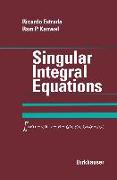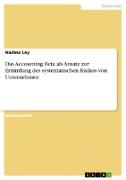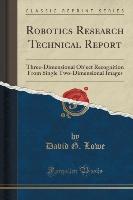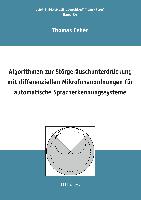- Start
- Elasticity and Strength
Elasticity and Strength
Angebote / Angebote:
Excerpt from Elasticity and Strength: Of Materials Used in Engineering Construction Section I
Large sums are yearly wasted in providing for the supposed injurious effect of moderate range of stress which really improves metal and at the same time heavy loss is suffered by failure to exercise practical judgment in the proportion and selection of material to resist shock in cases where the stress may at times exceed the natural range of elasticity of the material employed.
Section I is intended to demonstrate fundamental principles upon which rational analysis may be founded and to discuss the properties of materials commonly used from the standpoint of the elastician so that the student may apply the analytical methods of the second section understandingly and in a scientific manner.
A development of the relations of residual to elastic strain sufficient to account for elastic phenomena not understood heretofore is here presented for the first time and the error resulting from general misunderstanding of these relations is discussed.
That there is but one independent modulus of elasticity for the resistance of a homogeneous isotropic solid is here demonstrated for the first time and the relative value of the coefficients for such a body and their modification by residual strain are investigated.
The geometric relations of the curves of displacement and equipotential to the curves of principal stress and greatest shear are set in an exact light and the relations of these curves to the slip lines as the yield point is passed are developed.
Finally, stress and strain are discussed from the thermo dynamic standpoint and from the relations of the kinetic and static modulii the value of the potential of strain is developed in a simple manner.
Uncertainty as to stress analysis leads to waste or weakness, frequently to both.
Section II will be devoted to the elimination of such uncertainty for example, by the stress analysis of torsion, its part in column strength and failure will be developed, and the waste and weakness in common types will be disclosed.
Uncertainty with reference to the relative of laws of summation, of shear and moment has led to waste in construction of continuous trusses where simple trusses are stiffer and more economical, to waste and weakness in distribution of rivets in railway floor beams, and to unscientific and uneconomical types of webbing.
About the Publisher
Forgotten Books publishes hundreds of thousands of rare and classic books. Find more at www.forgottenbooks.com
This book is a reproduction of an important historical work. Forgotten Books uses state-of-the-art technology to digitally reconstruct the work, preserving the original format whilst repairing imperfections present in the aged copy. In rare cases, an imperfection in the original, such as a blemish or missing page, may be replicated in our edition. We do, however, repair the vast majority of imperfections successfully, any imperfections that remain are intentionally left to preserve the state of such historical works.
Folgt in ca. 5 Arbeitstagen




